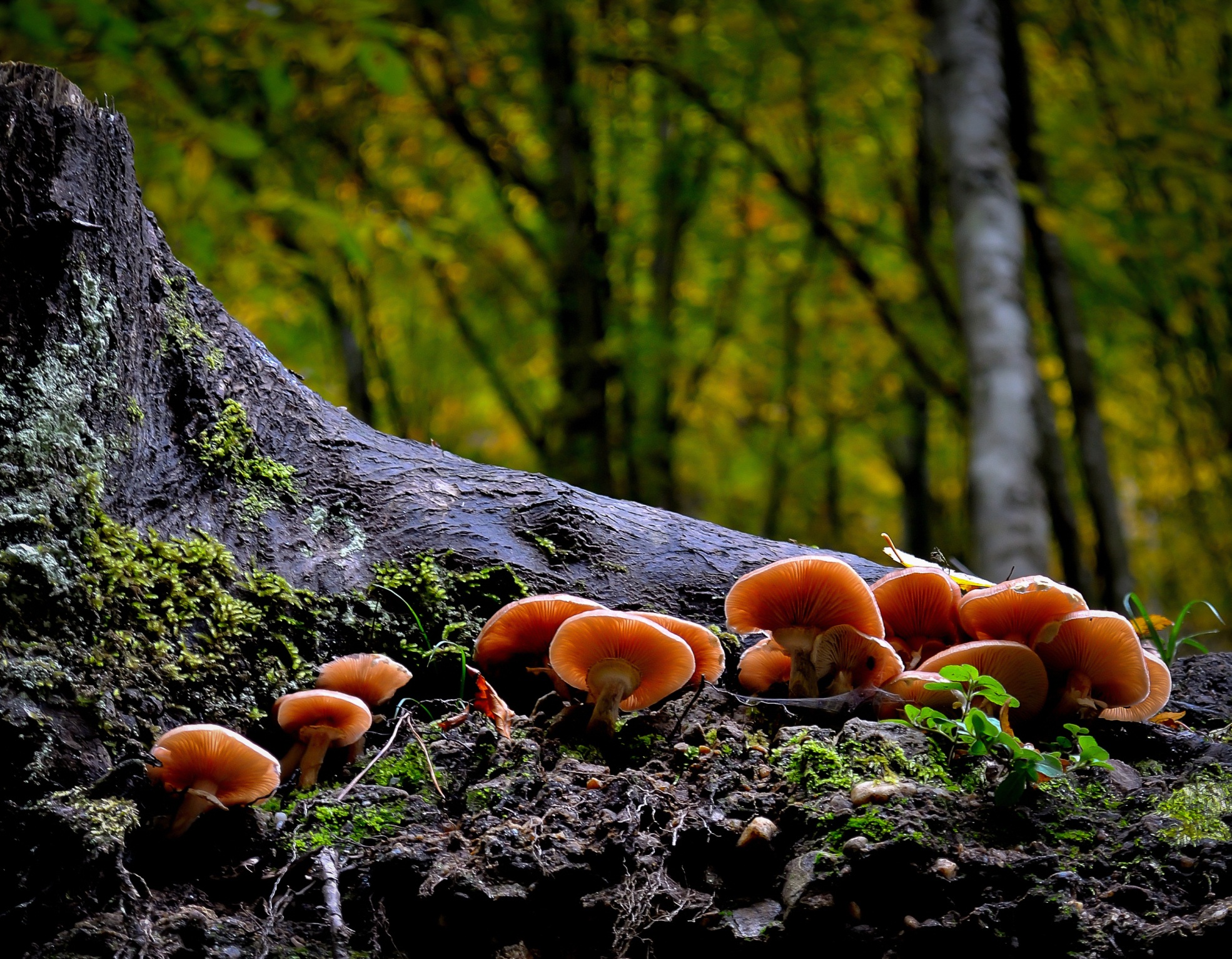If you live in, or have ever visited, the suburbs and shopping mall parking lots of the American mid-west or east, you probably have laid your eyes on a Bradford Pear, aka Callery pear (Pyrus calleryana). These are fast growing, have a very uniform shape, pretty white but stinky flowers, tiny inedible fruits, are extremely invasive, and shed branches like they have some to spare (they do). But did you know that Bradford pear trees are related to the all other pear trees and thus can be grafted and transformed into trees that bear tons of edible fruit or even multiple varieties of fruit? Besides Bradford pears, there are many other decorative trees that can feed your family and neighborhood. Basically, any flowering ornamental fruit tree or wild rootstock (commonly cherry, plum, and pears) can be grafted with an edible variety.
With a little instruction and practice you can graft away on any tree in your yard. However, when it comes to those rows of Bradford Pears lining the streets of the subdivisions, you should check with the neighborhood association, or city, or else turn guerrilla grafter (always a good option for constructive civil disobedience).
For a beginner, grafting can be a little intimidating. Here are the basics for getting going with a simple grafting technique: Splice or Whip Grafting.
First Consider that grafting for the most part is always done during the winter dormant season. Both the tree that is being grafted and the scion wood must be dormant.
Tools: A good sharp grafting knife, rootstock, scion wood, string or plastic tape, sealing wax
Instructions for basic whip graft:
Sharpen your knife. A dull knife will require more force which will increase chances of slipping and wavy cuts. You want a nice straight, clean cut, so your knife must be sharp.
Make a smooth cut in one stroke, angling across an internode at the top of the rootstock to create an inch or longer oval face.
Make a matching cut with the scion wood. When placed together they should match each other fairly well, have the same angle, and be free of exposed wood or gaps.
Place the scion wood on the rootstock and secure them by tying very tightly with string or wrapping with grating tape.
Seal the graft by covering the union area with grafting wax or sealer.
Monitor the graft until it takes, if it fails, try again next year!
Similar Stories:
- Pruning Trees and Shrubs
- The State of the American Chestnut
- Why Peach Trees Fail to Bloom
- Winter gardening things you should not overlook
- The Life Cycle of a Peach Tree





